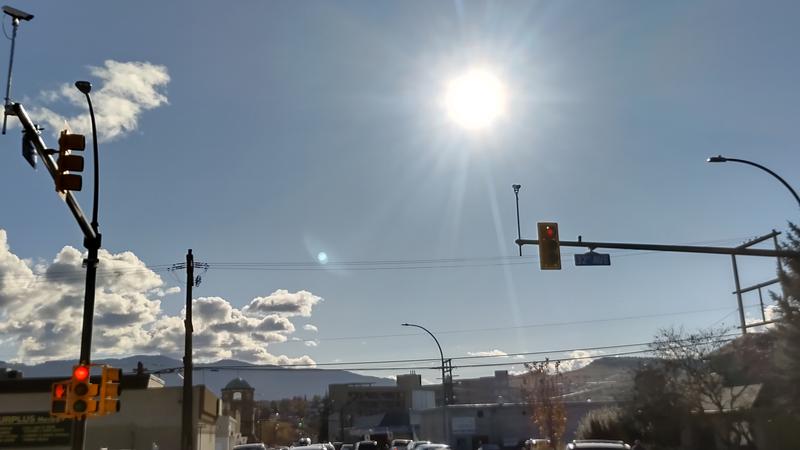
Precipitation levels well below average in April for Vernon and Okanagan
Vernon and the Okanagan saw precipitation levels that were well below average last month.
Brian Proctor, a meteorologist with Environment and Climate Change Canada, told Vernon Matters April was an “interesting month” following the El Nino winter, as it was drier than normal.
“For Vernon, at the auto-station we have in the community, 19.9 millimetres [of precipitation] were reported,” Proctor said.
“Typically we see about 32 [millimetres in April], so about 60 per cent of normal.”



